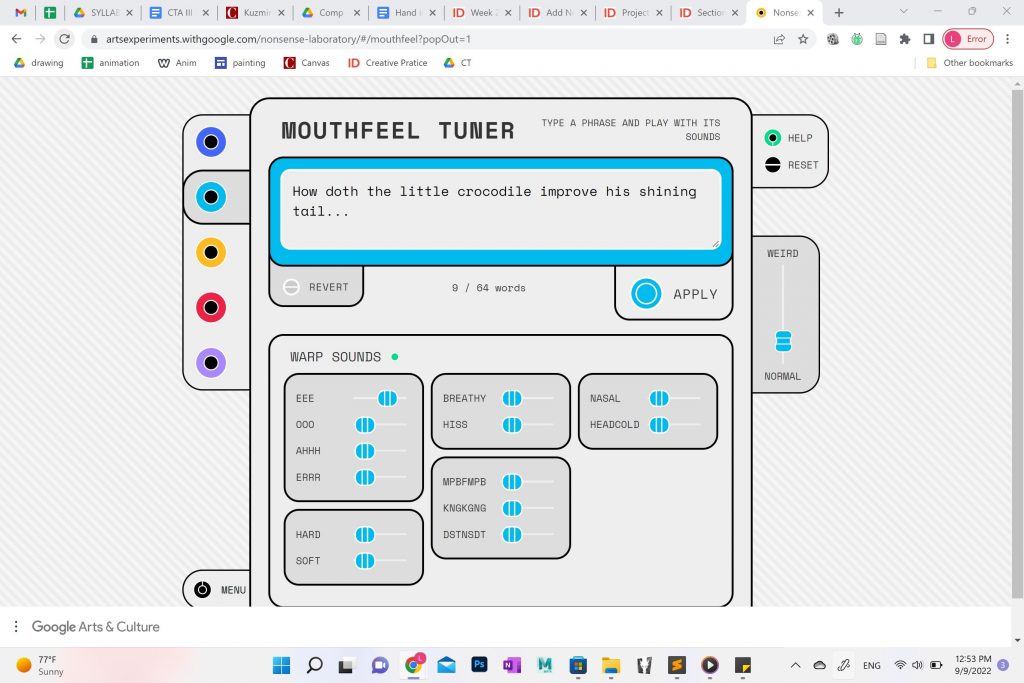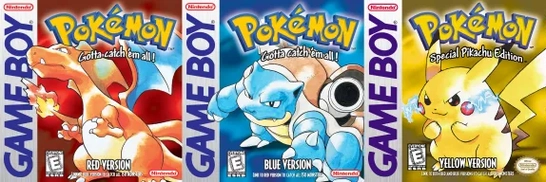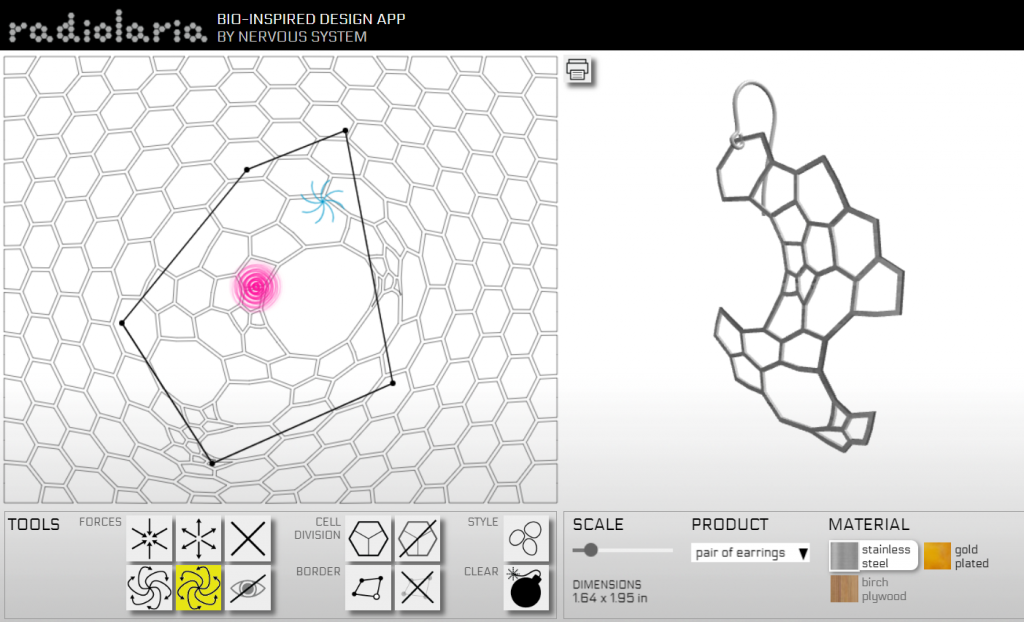Here is me! 🙂
//Tracy Meng
//Section B
function setup() {
createCanvas(600, 600);
background(220);
text("p5.js vers 0.9.0 test.", 10, 15);
}
function draw() {
//BACKGROUND
background(225,246,255); // light blue sky
//CLOUDS
noStroke();
fill(255); // cloud color (white)
circle(200,90,70); // cloud 1
circle(150,70,100);
circle(100,90,80);
circle(50,90,60);
circle(340,180,80); // cloud 2
circle(400,160,120);
circle(450,180,100);
circle(500,180,90);
circle(550,180,50);
//HILLS
fill(186,245,190); // light green
circle(150,550,300); // hill 1
circle(0,520,100); // hill 2
circle(450,520,200); // hill 3
circle(550,570,150); // hill 4
//TREES
fill(104,193,110); // dark green
ellipse(50,500,70,300); // tree 1
ellipse(145,400,90,height); // tree 2
ellipse(480,500,70,500); // tree 3
//SHRUBS
fill(77,235,87); // light green 2
ellipse(85,550,60,200); // shrub 1
ellipse(530,550,70,360); // shrub 2
//BACK OF HAIR
fill(102,58,14); // hair color (dark brown)
rect(185,308,230,height);
//HAIR HIGHLIGHTS
stroke(166,111,0); // light brown
strokeWeight(3); // highlight thickness
line(200,308,200,height);
line(240,308,240,height);
line(225,308,225,432);
line(380,400,380,height);
line(400,308,400,height);
//HEAD SHAPE
noStroke();
fill(255,220,177); // skin color (nude)
ellipse(width/2,height/2,220,250); // head shape & location
//EARS
fill(255,220,177); // skin color (nude)
ellipse(190,308,30,50); // left ear
ellipse(410,308,30,50); // right ear
//BODY
//SHIRT
fill(243,18,153); // shirt color (hot pink)
ellipse(width/2,490,250,100); // shoulders
quad(175,485,125,height,475,height,425,485); // rest of tshirt
//SHIRT COLLAR
noFill();
stroke(255); // collar color (white)
strokeWeight(10);
arc(width/2,450,80,80,0,PI);
//NECK
noStroke();
fill(255,220,177); // skin color (nude)
rect(260,410,80,35);
ellipse(width/2,450,80,80); // neckline
//EAR HOLES
noFill();
strokeWeight(2);
stroke(230,145,20); // brown ear stroke
arc(190,308,10,30,PI/2,PI/2+PI); // left hole
arc(410,308,10,30,-PI/2,PI/2); // right hole
//CHIN DEFINITION
arc(width/2,422,20,10,0,PI);
//EARRINGS
//LEFT TRIANGLE EARRING
strokeWeight(2);
stroke(255,157,58); // orange outline
fill(255,239,0); // gold
triangle(180,333,200,333,190,350);
//RIGHT TRIANGLE EARRING
triangle(400,333,420,333,410,350);
//LEFT EARRING DANGLES 1
strokeWeight(4); // thicker orange outline
fill(185,63,255); // purple
quad(190,350,170,365,190,385,210,365);
//RIGHT EARRING DANGLES 1
quad(410,350,390,365,410,385,430,365);
//LEFT EARRING DANGLE 2
noFill();
stroke(0,233,194); // teal dangle outline
quad(190,385,180,395,190,410,200,395);
//RIGHT EARRING DANGLE 2
quad(410,385,400,395,410,410,420,395);
//SUNGLASSES
//FRAME + LENSES
stroke(250,145,164); // rim color (pink)
strokeWeight(8); // rim thickness
fill(28,28,28); // lenses color (dark grey)
rect(220,260,65,65,10); // rectangle lense 1 (left)
rect(315,260,65,65,10); // rectangle lense 2 (right)
line(285,295,315,295); // connect rims
line(220,295,195,295); // left band
line(380,295,405,295); // right band
//PEARLS
strokeWeight(4); // thickness of point
stroke(255); // pearl color (white)
point(230,260); // top left rim
point(240,260);
point(250,260);
point(260,260);
point(270,260);
point(230,325); // bottom - left rim
point(240,325);
point(250,325);
point(260,325);
point(270,325);
point(220,275); // left - left rim
point(220,285);
point(220,295);
point(220,305);
point(220,315);
point(285,275); // right - left rim
point(285,285);
point(285,295);
point(285,305);
point(285,315);
point(330,260); // top - right rim
point(340,260);
point(350,260);
point(360,260);
point(370,260);
point(330,325); // bottom - right rim
point(340,325);
point(350,325);
point(360,325);
point(370,325);
point(315,275); // left - right rim
point(315,285);
point(315,295);
point(315,305);
point(315,315);
point(380,275); // right - right rim
point(380,285);
point(380,295);
point(380,305);
point(380,315);
//GLARE LINES
stroke(238,238,255); // glare color (grey - white)
strokeWeight(3); // glare thickness
line(242,304,264,282); // glare left
line(337,304,359,282); // glare right
//NOSE
noFill();
stroke(230,145,20); // brown nose stroke
strokeWeight(2); // nose stroke weight
arc(290,350,20,20,PI/2,PI/2+PI) // arc left: PI = Half of a circle
arc(310,350,20,20,-PI/2,PI/2); // arc right: PI = Half of a circle
line(290,340,290,322); // nose line left
line(310,340,310,322); // nose line right
//NOSTRILS
noStroke();
fill(222,171,95); // light brown
ellipse(292,353,10,5); // left nostril
ellipse(308,353,10,5); // right nostril
//LIPS
//BOTTOM LIP
stroke(255,122,162); // lip liner color
fill(255,132,168); // lip color (light red)
ellipse(width/2,390,25,15);
//TOP LIP
noStroke();
fill(255,78,132); // lip color (deep red)
ellipse(292,385,27,13); // left side
ellipse(308,385,27,13); // right side
//MAKEUP HIGHLIGHT
//LIP SPARKLE
stroke(255,238,210); // sparkle color
strokeWeight(5); // sparkle thickness
point(width/2,376); // top sparkle
point(width/2,402); // bottom sparkle
//NOSE SPARKLE
line(width/2,340,width/2,322);
//ROSY CHEEKS
noStroke();
fill(255,200,228); // rose
ellipse(245,340,60,20); // blush left
ellipse(355,340,60,20); // blush right
//HAIR BANGS
stroke(166,111,0); // light brown stroke (match highlight)
strokeWeight(3);
fill(102,58,14); // bangs color (dark brown)
point(220,220); // left
point(380,220); // right
bezier(300,175,120,180,250,300,150,430); // left bangs
bezier(300,175,480,180,350,300,450,430); // right bangs
//HIGHLIGHT BANGS
//LEFT
bezier(280,195,150,200,260,320,170,400);
//RIGHT
bezier(320,195,450,200,340,320,430,400);
}
![[OLD SEMESTER] 15-104 • Introduction to Computing for Creative Practice](../../../../wp-content/uploads/2023/09/stop-banner.png)



